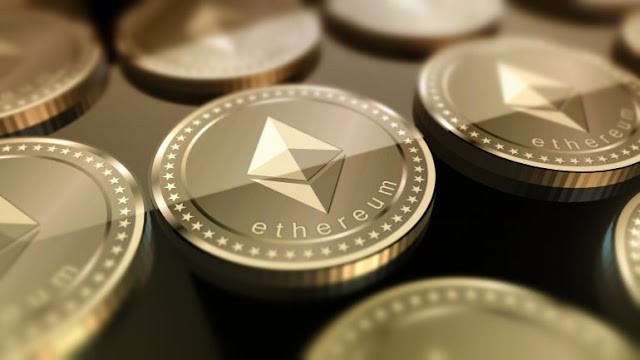Vitalik Buterin, best known as one of the co-founders of Ethereum, is working on a huge new Web3 project that is in the making. In the whitepaper called "Decentralized Society: Finding Web3's Soul," Buterin and his colleagues outline their vision of a social system that is decentralized (DeSoc) that is built upon Soulbound Tokens (SBTs). Hare More Latest NFT News
Here's everything you should be aware of the things which could alter your life.
What are Soulbound Tokens (SBTs)?
Soulbound Tokens, also known as NFTs, function as real-world achievement badges similar to those you'd find when playing a game when finishing a specific goal or achieving a mark. But instead of getting these badges when you have gotten your character to a certain stage, Buterin views these tokens as a way to show your history of employment or education level and other IRL capabilities.
How do Soulbound Tokens function?
Soulbound Tokens can be described as Your resume in the blockchain. Sure, anyone could claim that they attended Harvard by adding the school as their old college on Facebook. But, with SBTs, Harvard's "Soul" (AKA, their wallet) must grant you "Soul" an SBT of the degree to be able to make this claim.
SBTs could be distributed among members of a particular institution or group to prove affiliation. Writers, artists, and other creatives may utilize SBTs for digital portfolios. If it's even like being the world's top fingerboard expert, the SBT you've created will serve as a method of proving your achievements to other people.
This will make it nearly impossible for individuals to use fraudulent credentials. Buterin And his fellow co-authors wrote, "the tokens could help solve some of the problems ravaging decentralized finance, like scams and theft." This is where they believe that the real power of the mechanism is.
In contrast to conventional NFTs, SBTs, unlike traditional NFTs, will be non-transferable and thus not be available to purchase through trade. However, SBT users can revoke their SBTs at any time upon request.
What happens if you die? Your Soul?
What happens if your Soul wallet is stolen? If you lose the password to the Soul address? With fraud rife in those in the NFT community, It is essential to put proper security measures or plans to protect yourself from fraudsters making identity theft an entirely new level.
Buterin has suggested the adoption by the entire community of The Social Recovery model to deter SBT thieves. Social recovery allows users to appoint institutions or individuals to act as "guardians" who can gain access to and alter their wallet's private keys if it is compromised. But, the user will have difficulty recovering stolen SBTs when the people they nominate as guardians die or their relationship ends.
With the help of a wider community with the ability to help in the recovery process, Buterin is of the opinion that SBTs can be more readily recovered in the event of theft. This model suggests that "recovering a Soul's private keys would require a member from a qualified majority of a (random subset of) Soul's communities to consent," the authors write.
What are SBTs employed to do?
Apart from representing our personal information and making it harder for fraudsters to impersonate us, tokens can also be used for other purposes. Since they're not transferable, they can be used to ticket events and create airdrops exclusive to the event or "Souldrops," or even be used to monitor credit scores.
In certain ways, this could appear intimidating, possibly dystopian to some ways, with some comparing SBTs to China's concept of creating the"social credit" system. Their paper notes that the database of SBTs could serve as a way to "automate red-lining of disfavored social groups or even target them for cyber or physical attack, enforce restrictive migration policies, or make predatory loans."
This is why customers can remove their SBTs on request or even conceal them from the public if they are required.
If SBTs are rolled out in the future, the world won't plunge into chaos we witnessed during Nosedive Black Mirror's season 3 opening. SBTs are designed to protect users from one of the most significant issues present on Web3 overall: scams.
At present, and especially in the NFT space, a company's reputation is a major factor in the level of trust that community members will put in a project. This has been proven repeatedly, like the time it was revealed that the Azuki collection sank to record-low prices for floor space following the disclosure of its creator's involvement within the NFT space.
With SBTs being available, the Web3 community will be able to determine if the project's creator is reliable, allowing them to make better-informed choices about which projects they will prefer to support.
When will SBTs become available?
SBTs could be in use in 2022 by the time the deadline is reached, According to the research of Jason Levin, who interviewed the paper's co-author E. Glen Weyl.
This is just intended for "early uses," - which means it will be a while before we get the DeSoc Buterin model described in his document. To get there, the process will be an all-community effort.

Comments
Post a Comment